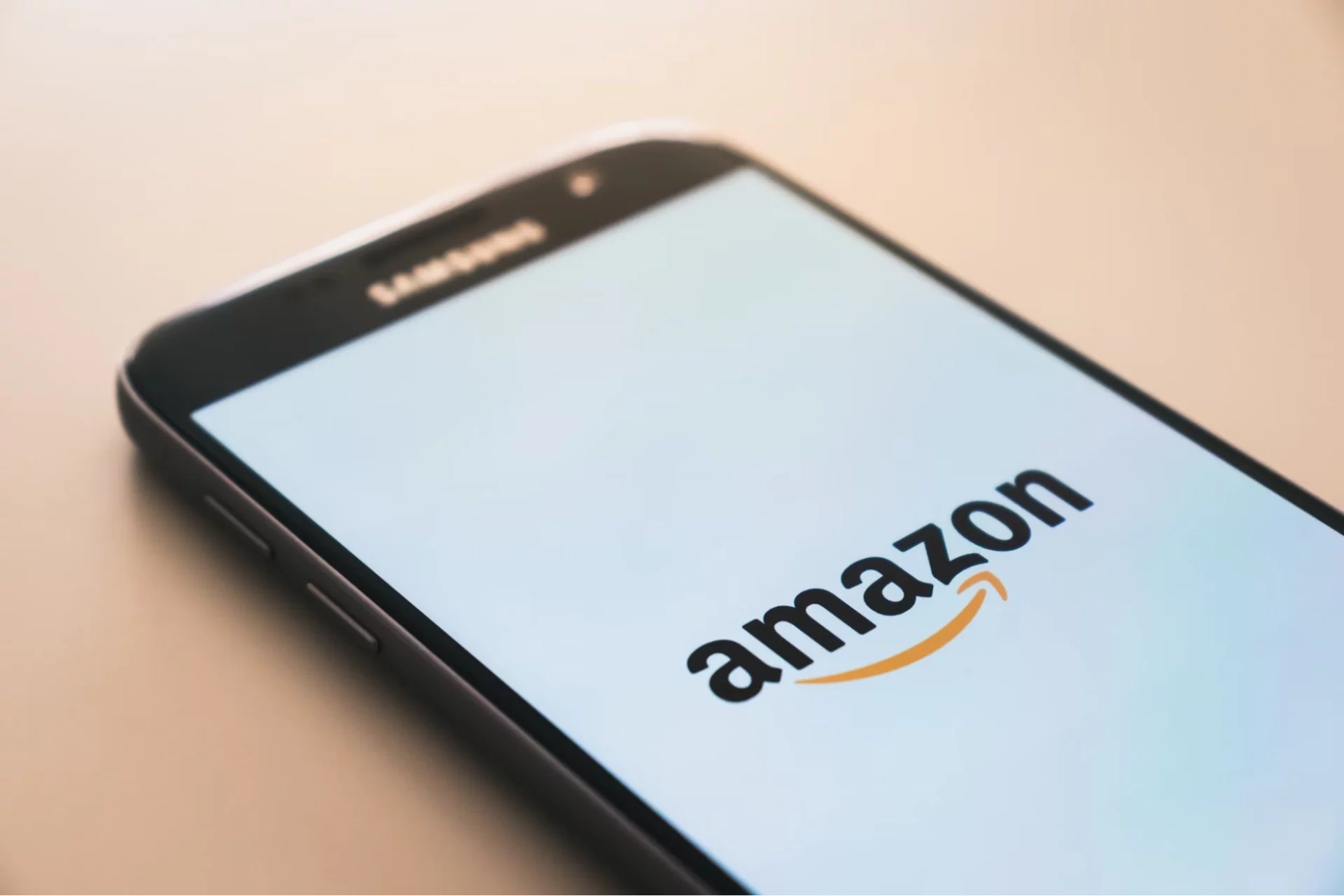All You Need to Know about Mailchimp Automation
Table of Content
In today’s digital landscape, efficient email marketing is critical for organizations trying to communicate with their target audience and increase sales. Mailchimp Automation is a powerful tool that streamlines the process of reaching out to your consumers with targeted and timely messages. Businesses may use Mailchimp marketing automation to save time, decrease manual labor, and improve the performance of their email campaigns.
Mailchimp email marketing has a number of automated tools designed to meet a variety of business objectives. From welcome emails to abandoned cart reminders, Mailchimp Automation lets you create workflows that guarantee your consumers get the correct message at the right time. This level of precision improves not only consumer satisfaction but also total marketing efficiency.
In this blog, we will discuss everything you need to know about Mailchimp Automation to enhance your email marketing efforts.
Getting Started with Mailchimp Automation
Setting up your Mailchimp account
To set up your Mailchimp account, start by signing up on the Mailchimp website and completing the initial onboarding process. This includes entering your business details, verifying your email address, and connecting your social media accounts if desired. Once your account is set up, you can navigate to the dashboard, where you’ll have access to various tools and features designed to help you manage your email marketing efforts.
Creating your first automated campaign
Creating your first automated campaign in Mailchimp is straightforward. From the dashboard, go to the “Automations” tab and click on “Create” to start a new automation. Choose from a range of pre-built automation templates, such as welcome emails, abandoned cart reminders, or re-engagement campaigns, or create a custom workflow tailored to your specific needs.
Set up your triggers, such as a subscriber joining your list or making a purchase, and define the actions that will follow, like sending a series of personalized emails. Customize your emails with Mailchimp’s drag-and-drop editor, and once everything is in place, activate your campaign to start engaging with your audience automatically.
Types of Mailchimp Marketing Automation
1. Welcome Emails
Welcome emails are pivotal in initiating a positive interaction with new subscribers. Utilizing Mailchimp’s automation capabilities, businesses can effortlessly set up triggers that automatically send welcome emails upon a user’s subscription. These emails serve to introduce new subscribers to the brand, its values, products, or services. By promptly engaging new contacts, businesses can nurture leads from the outset, potentially converting them into loyal customers.
2. Birthday and Anniversary Emails

Celebrating milestones with subscribers through automated birthday and anniversary emails helps businesses foster a personalized connection. Mailchimp enables businesses to automate the sending of these personalized greetings based on subscriber data such as birth dates or subscription anniversaries. By acknowledging these special occasions, businesses can strengthen
3. Abandoned Cart Reminders
Addressing the common issue of abandoned carts, Mailchimp enables businesses to automate reminders aimed at recovering potential lost sales. By setting triggers based on customer actions, such as abandoning a shopping cart without completing a purchase, businesses can automatically send personalized follow-up emails. These reminders can include incentives or information designed to prompt customers to return and complete their purchases. By automating this process, businesses can improve conversion rates and revenue without the need for manual intervention, thereby optimizing their marketing efforts effectively.
4. Re-engagement Campaigns
Re-engagement campaigns are essential for revitalizing interest from inactive subscribers. Mailchimp’s automation features allow businesses to define triggers based on subscriber behavior, such as lack of engagement over a specified period. Automated re-engagement emails can then be sent to encourage renewed interaction and rekindle subscriber interest. These campaigns are crucial for maintaining a healthy email list by reducing subscriber churn and reactivating dormant contacts.
5. Educational Series or Drip Campaigns

Educational series or drip campaigns are designed to deliver valuable content to subscribers over time, guiding them through the buyer’s journey. With Mailchimp Automation, businesses can create sequences of automated emails triggered by subscriber actions or specific dates. These campaigns aim to educate, inform, and nurture leads, helping to build trust and authority within the subscriber base.
6. Post-Purchase Follow-ups
Following up with customers after a purchase is crucial for enhancing satisfaction and encouraging repeat business. Mailchimp’s automation features facilitate the automatic sending of post-purchase follow-up emails. These emails can include related product recommendations, requests for feedback, or additional support information. By automating this process, businesses can streamline customer communication, improve customer experience, and increase the likelihood of repeat purchases.
Setting Up Automated Workflows in Mailchimp
1. Step-by-step guide to creating workflows
Begin by navigating to the “Automations” tab in your Mailchimp dashboard. Click on “Create” to initiate a new automation workflow. Mailchimp offers a user-friendly interface where you can select from various automation types, such as welcome emails, abandoned cart reminders, or custom workflows tailored to your specific marketing objectives.
Follow the prompts to define the workflow’s purpose, set triggers based on subscriber actions or dates, and outline the sequence of actions or emails to be automated. This step-by-step approach ensures that your automated workflow aligns closely with your marketing strategy, enhancing efficiency in Mailchimp email marketing efforts.
2. Customizing triggers and actions
Mailchimp allows for precise customization of triggers and actions within automated workflows. Triggers can be set based on subscriber behaviors like joining a list, making a purchase, or interacting with specific content. These triggers initiate predetermined actions such as sending targeted emails, updating subscriber tags, or integrating with other business tools.
Customizing triggers and actions ensures that your automation workflows respond dynamically to subscriber interactions, delivering personalized and timely messages that resonate with your audience.
3. Using templates vs. creating custom workflows
Mailchimp offers the flexibility to choose between using pre-built templates or creating custom workflows from scratch. Templates provide ready-to-use automation frameworks for common marketing scenarios, simplifying the setup process and saving time. Alternatively, creating custom workflows allows businesses to tailor automation sequences precisely to their unique needs and objectives.
This approach enables greater control over the automation process, accommodating specific branding guidelines, audience segmentation strategies, and campaign objectives. Whether utilizing templates or crafting custom workflows, Mailchimp’s automation features empower businesses to optimize their email marketing efforts efficiently and effectively.
Mailchimp Automation Best Practices
1. Segmentation and Personalization
Segmentation involves dividing your email list into smaller, targeted groups based on criteria such as demographics, purchase history, or engagement levels. Mailchimp’s segmentation tools allow you to create these segments easily, enabling more personalized communication. Personalization goes hand-in-hand with segmentation by using merge tags and dynamic content to tailor emails to each segment’s preferences and behaviors.
2. Clear and Compelling Content
Crafting clear and compelling content is essential for the success of your automated emails. Each email should have a clear purpose and provide value to the recipient. Start with attention-grabbing subject lines that entice subscribers to open the email.
Ensure that the content inside the email is concise, easy to understand, and directly addresses the recipient’s needs or interests. Whether you’re promoting a product, sharing valuable content, or providing updates, clarity and relevance are key.
3. Testing and Optimization
Testing and optimization involve experimenting with different elements of your automated campaigns to improve performance over time. A/B testing allows you to compare two versions of an email (e.g., different subject lines or content variations) to see which one resonates better with your audience. Use Mailchimp’s analytics to track metrics like open rates, click-through rates, and conversion rates for each variation.
Analyze the results to understand what works best for your audience and make data-driven decisions to optimize your campaigns. Continuous testing and refinement help you stay responsive to changing subscriber preferences and market trends, ultimately maximizing the effectiveness of your automation efforts.
4. Compliance and Consent
Compliance with email marketing regulations is crucial to maintaining trust with your subscribers and avoiding legal issues. Ensure that your email practices comply with regulations such as GDPR (General Data Protection Regulation) or CAN-SPAM Act. Obtain explicit consent from subscribers before adding them to your email list or sending them automated emails.
Clearly communicate how their data will be used and provide easy options for unsubscribing from your communications. Including a visible and accessible unsubscribe link in every email is not only a legal requirement but also a best practice for respecting subscriber preferences and maintaining a positive reputation.
5. Monitoring and Analytics

Monitoring the performance of your automated campaigns through Mailchimp’s analytics tools provides valuable insights into subscriber behavior and campaign effectiveness. Track key metrics such as open rates, click-through rates, conversion rates, and unsubscribe rates to gauge the impact of your emails. Use these metrics to identify trends, strengths, and areas for improvement in your automation strategies.
Regularly review and analyze data to make informed decisions about adjusting your content, timing, or segmentation strategies. By leveraging analytics, you can optimize your campaigns in real time and achieve better results in engaging and converting your audience.
6. Integration and Automation Rules
Integrating Mailchimp with other marketing tools and platforms enhances the functionality and efficiency of your automation efforts. Use integrations to sync subscriber data, automate workflows across different systems, and streamline campaign management. Set up automation rules within Mailchimp to automate routine tasks such as list management, subscriber preferences, or email sending based on specific triggers or conditions.
This automation saves time, reduces manual effort, and ensures consistency in your marketing communications. By integrating and automating processes effectively, you can focus more on strategy and creativity while maximizing the impact of your email marketing campaigns.
Robylon AI enables users to create personalized workflows across multiple software platforms, allowing them to streamline processes, enhance productivity, and ensure seamless integration between different tools and applications.
Want to know more? Schedule a demo with us.
FAQs
1. How does Mailchimp Automation help businesses?
Mailchimp Automation helps businesses save time by automating repetitive tasks like sending welcome emails, abandoned cart reminders, and follow-up messages. It improves efficiency, enhances customer engagement through personalized communication, and ultimately boosts conversion rates.
2. What are the benefits of using Mailchimp marketing automation?
The benefits of Mailchimp marketing automation include increased efficiency in email marketing campaigns, improved targeting and personalization, higher engagement rates with subscribers, and better ROI by nurturing leads through automated workflows.
3. Can we personalize emails in Mailchimp Automation?
Yes, Mailchimp Automation allows for extensive personalization. We can personalize emails using merge tags to include subscribers’ names, locations, or other relevant details. Additionally, dynamic content blocks enable you to tailor email content based on subscriber preferences and behaviors.
4. How can we measure the effectiveness of my Mailchimp Automation campaigns?
We can measure the effectiveness of your Mailchimp Automation campaigns by tracking key metrics such as open rates, click-through rates, conversion rates, and unsubscribe rates using Mailchimp’s analytics tools. Analyze these metrics to optimize your campaigns for better performance.
5. Is Mailchimp Automation compliant with data protection regulations?
Yes, Mailchimp Automation is designed to comply with data protection regulations such as GDPR and CAN-SPAM Act. It includes features like double opt-in processes, unsubscribe links in emails, and tools for managing subscriber consent and preferences to ensure compliance.
6. Can we integrate Mailchimp Automation with other platforms and tools?
Yes, Mailchimp offers integrations with various third-party platforms and tools, allowing you to enhance automation capabilities. Integrate with CRM systems, e-commerce platforms, and analytics tools to sync data, automate workflows, and optimize marketing strategies.






